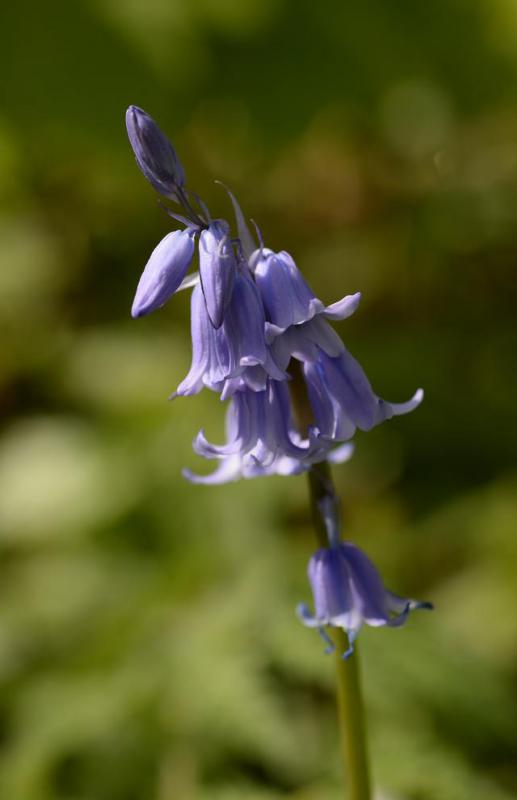At HomeQuestionsAnswered, we're committed to delivering accurate, trustworthy information. Our expert-authored content is rigorously fact-checked and sourced from credible authorities. Discover how we uphold the highest standards in providing you with reliable knowledge.
What is a Bellwort?
A bellwort is a type of small lily native to North America. Often found in woodland hillsides, the five species of uvularia are more commonly known as bellwort, merrybells, or bellflowers. Recognizable by its distinctively drooping bell flower, the bellwort is a wonderful addition to woodland settings and gardens. It can be grown from seeds, and tends to bloom in April and May through the early summer depending on the climate.
A lovely and delicate plant, bellworts are perennials and have yellow or cream-colored flowers. They tend to grow in clumps in shady regions with moist soil, making a lovely late spring display. One of the larger varieties, U. grandiflora is identifiable for its bright lemon yellow hue. Leaves are a uniform green and, like the flower, hang downward. The bell of the flower is often described as having a twisted or curved shape, with the petals sometimes angling outward from the bottom of the bell.

Some Native American cultures used bellwort to concoct remedies. It was believed to be good for reducing inflammation and drawing out poison from snake bites or infections. Roots were also used in digestive tonics for the stomach. Early American settlers also believed that the plant had some use as a throat medicine, but this was eventually proved incorrect.

The name, Uvularia is a reference to the shape of the drooping bell flower. The shape of the flower is said to be reminiscent of the small, hanging piece of tissue in the back of the throat, called the uvula. Some historians believe this similarity is what led settlers to incorrectly associate the plant with cures for throat problems.
Like many wildflowers, bellwort is non-toxic and can be eaten. According to some experts, Native Americans harvested the flower for its tender and nutritious roots, leaves, and shoots. It is important to avoid over-harvesting a crop of bellwort, however, as damage to the root system will quickly kill the plant. Not known for its flavor, eating bellwort should perhaps be reserved for food emergencies only.

To incorporate bellwort into a woodland garden, it is important to have the right conditions. The plants tend to prefer shady areas, so consider planting around trees that can protect the flowers from most direct sunlight. Soil needs to be moist, and may require mulching, yet care should be taken to avoid over-watering. Bellwort looks lovely when planted with other shade-loving wildflowers, such as bluebells, wild lilies, or jack-in-the-pulpit.
AS FEATURED ON:
AS FEATURED ON:













Discuss this Article
Post your comments